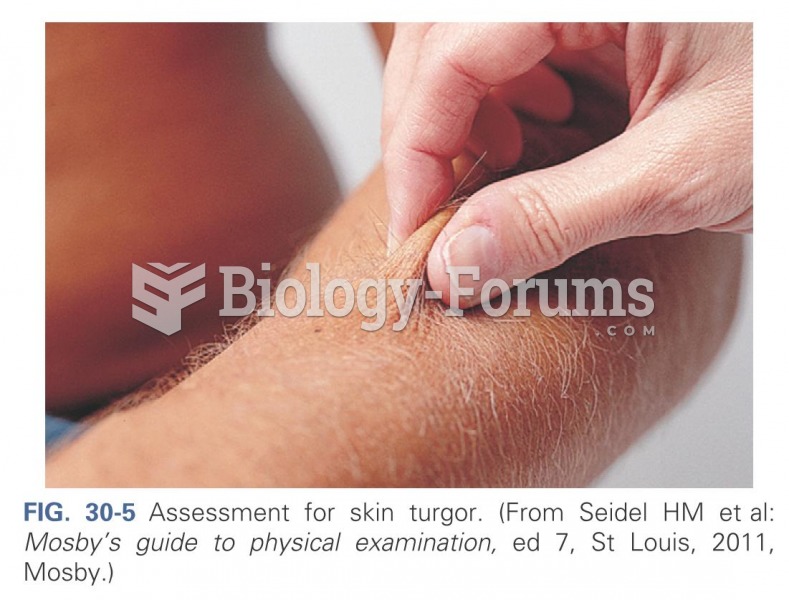Answer to Question 1
D
While the use of any restraint may be associated with serious complications, including pressure ulcers, constipation, pneumonia, urinary and fecal incontinence, and urinary retention, the most serious concerns are contractures, nerve damage, and circulatory impairment. The coolness of the client's hands indicates poor circulation and can result in permanent damage.
Angry, loud crying is a concern for the client, but it is not the most critical concern of the client with mechanical wrist restraints.
Urinary incontinence is a concern for the client, but it is not the most critical concern of the client with mechanical wrist restraints.
Reddened areas on the wrists are a concern for the client, but it is not the most critical concern for the client with wrist restraints.
Answer to Question 2
C
Cultural groups consist of units of social organization delineated by kinship, status hierarchy, and appropriate roles for their members. Sensitivity to social organization is the recognition of the client's status and role in the family.
Sensitivity to communication patterns would be the recognition of the client's language usage.
Culture is the framework used in defining social phenomena, such as when a person is considered to be healthy or in need of medical intervention. The way an individual defines health and health practices must be understood by the nurse to best meet the needs of the client. Sensitivity to social organization is not met by recognizing the definition of health for an individual.
Psychological characteristics and coping mechanisms may be expressed in a variety of ways across cultures. Sensitivity to social organization is not demonstrated by the recognition of psy-chological characteristics and coping mechanisms of a particular culture.







